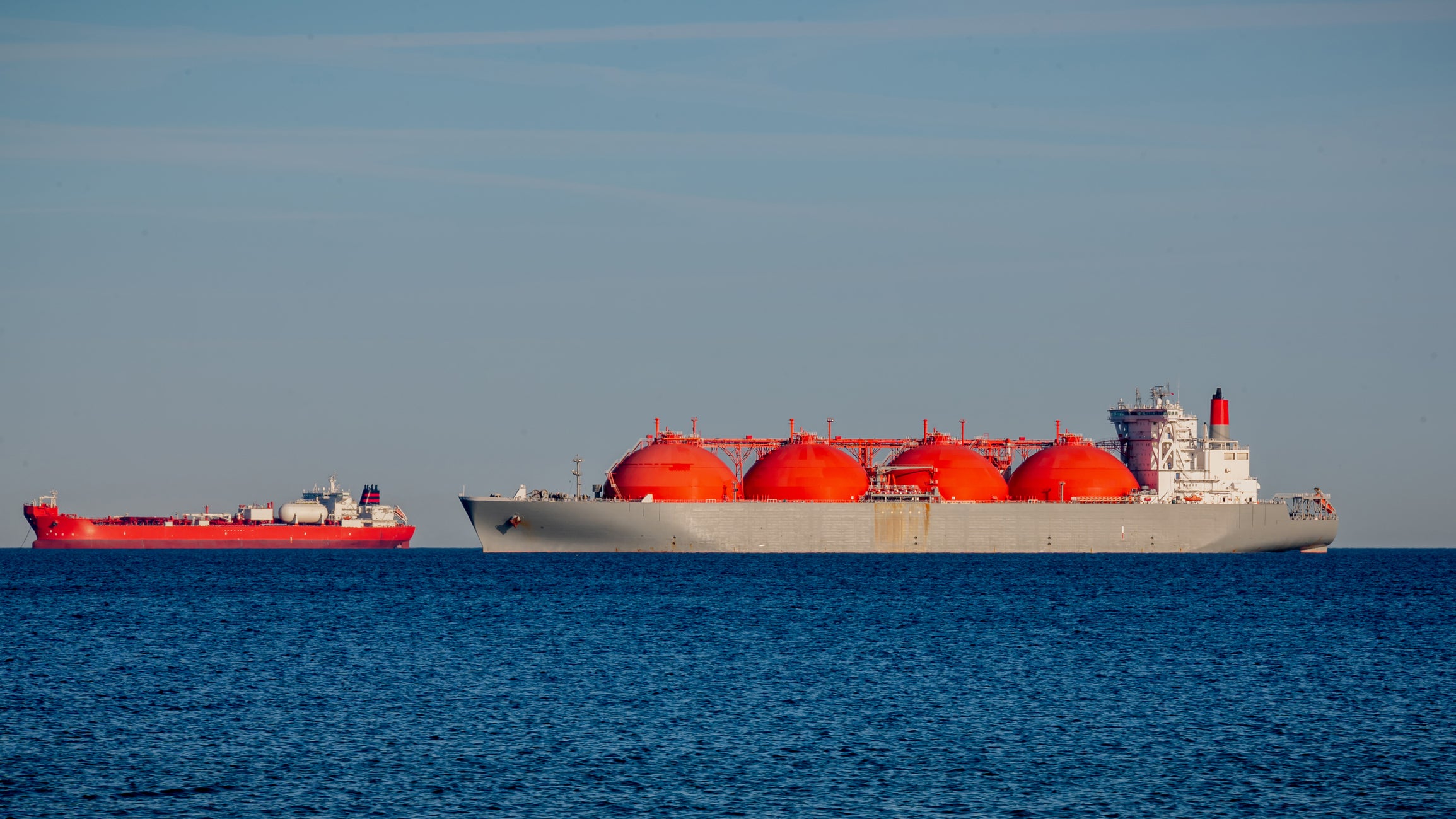
The global LNG industry is booming. After pipeline gas exports from Russia plummeted following the country’s invasion of Ukraine, imports of LNG to the UK and EU increased by 60% in 2022 compared with the previous year.
The EU has not only maximised LNG imports via its existing facilities but has also managed to build seven new regasification terminals since Russia invaded Ukraine in February 2022: three in Germany, one in the Netherlands, one in Finland, one in Italy and one in France. A further facility in France has been expanded, while a mothballed terminal in Spain has been reopened.
LNG exporters are responding with massive expansion plans: if all early-stage projects still awaiting final investment decisions move forward, the world is on track to achieve exports of 800 million tonnes per annum (mtpa) of LNG by 2030, up from 475mtpa today.
New data from GlobalData, Energy Monitor’s parent company, showcases the LNG sector boom through another metric: M&A deals.
The number of M&A deals worldwide that were directly related to LNG (involving things like tankers, terminals, or fields being specifically developed alongside terminals) increased from 47 in 2021 (the last pre-invasion year) to 58 in 2022 and 61 in 2023.
Major deals recorded in 2023 include Dominion Energy selling its 50% stake in the Cove Point LNG Terminal to Berkshire Hathaway for $3.5bn, and Capital Product Partners acquiring 11 LNG carriers from Capital Maritime & Trading.
Booming LNG-focused M&A comes as upstream oil and gas M&A more generally soared in value last year. Many of the upstream deals – particularly those related to US shale gas – will also provide buyers with greater access to the global LNG market.
At the same time, the boom in LNG M&A comes as concerns over global LNG oversupply are growing.
Thanks to the success of its REPowerEU Plan, gas demand in Europe is declining at a rapid rate, and is expected to fall below 400 billion cubic metres (bcm) by 2030 under current policies and programmes, according to the Institute for Energy Economics and Financial Analysis (IEEFA), a think tank. This compares with 443bcm in 2023 and 559 bcm in 2021.
If all the proposed LNG export terminals in the US are built, by 2030 the country’s LNG export capacity will be around 337mtpa (465bcm), more than the whole of Europe’s forecasted gas demand of 284mtpa (392bcm), according to IEEFA.
In response to growing climate, environmental and market concerns (which, as well as the global oversupply risk, also include fears of increasing domestic gas prices in the US), US President Joe Biden announced at the end of January that the US will indefinitely pause approvals for new LNG export terminals along the US coast. The new policy will temporarily halt pending applications from 17 projects awaiting approval to proceed.
“Today, we have an evolving understanding of the market need for LNG, the long-term supply of LNG, and the perilous impacts of methane on our planet,” said the White House in a statement. “We also must adequately guard against risks to the health of our communities, especially frontline communities in the United States who disproportionately shoulder the burden of pollution from new export facilities.
“The pause, which is subject to exception for unanticipated and immediate national security emergencies, will provide the time to integrate these critical considerations.” President Biden added that the new policy should not affect the ability of the US to support its European allies with gas exports.



